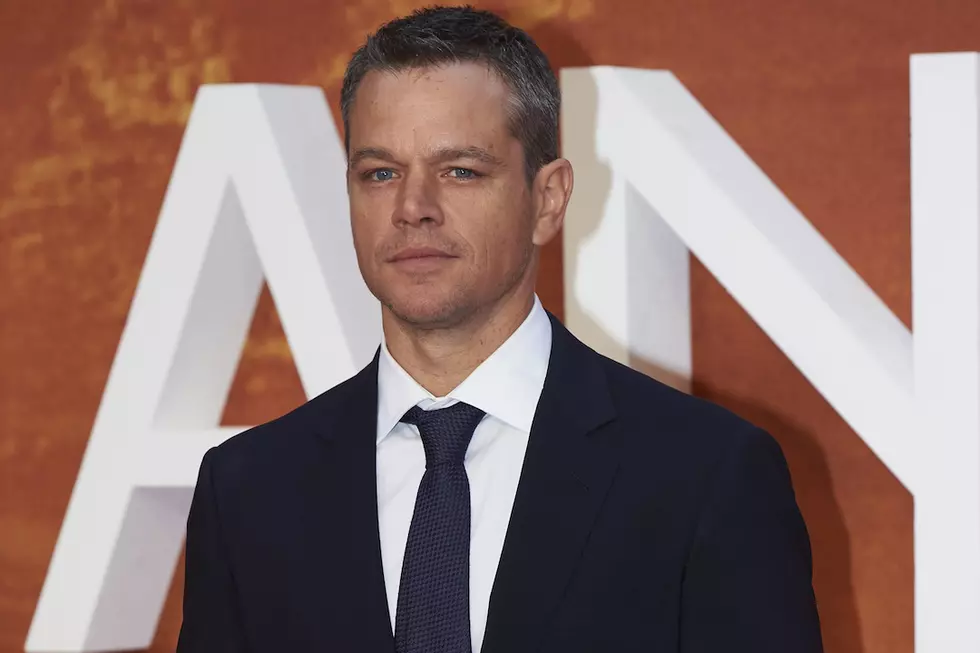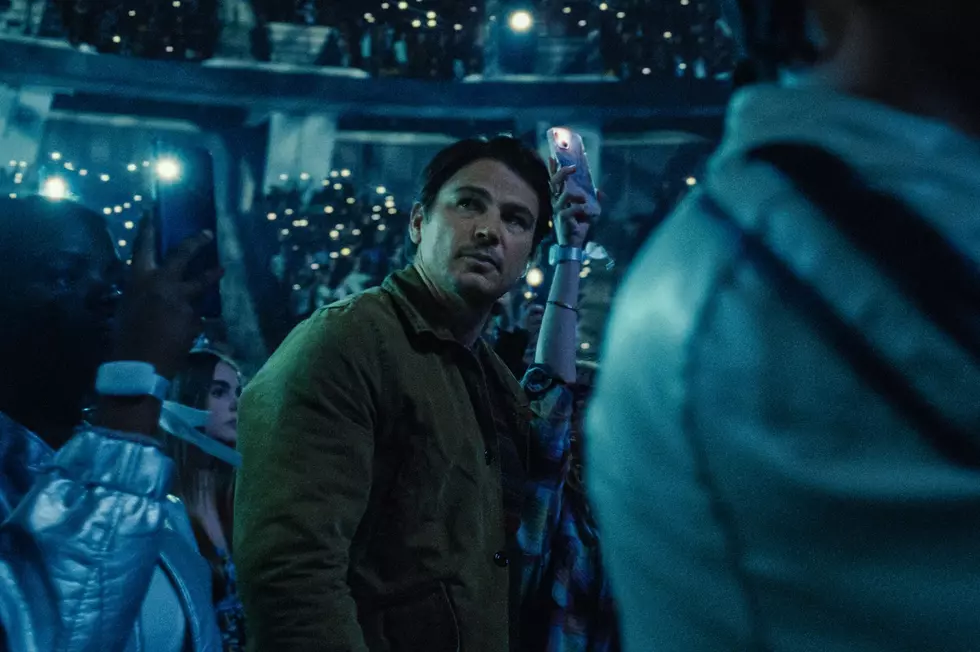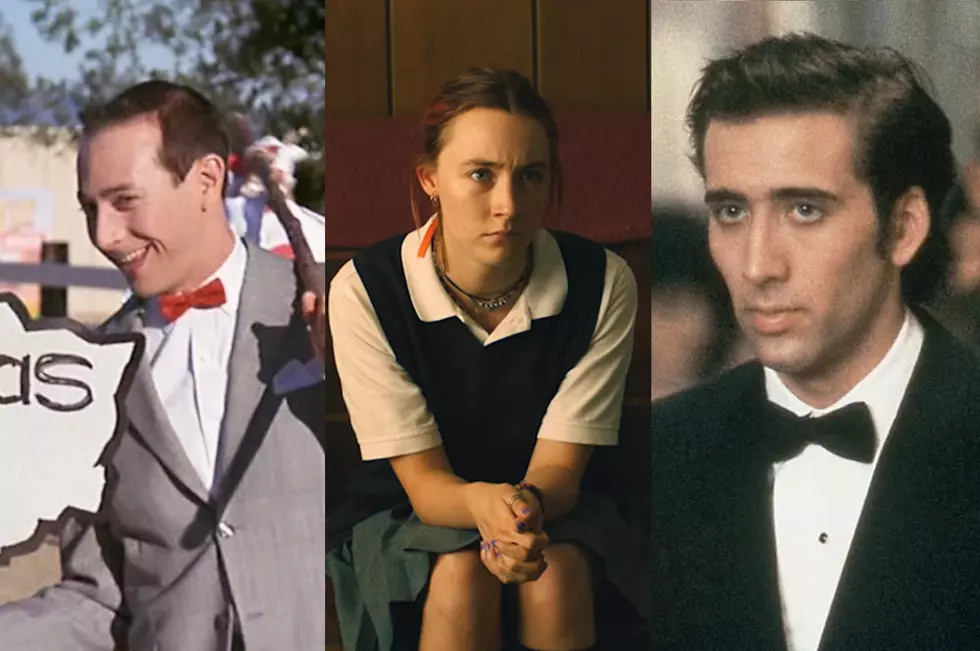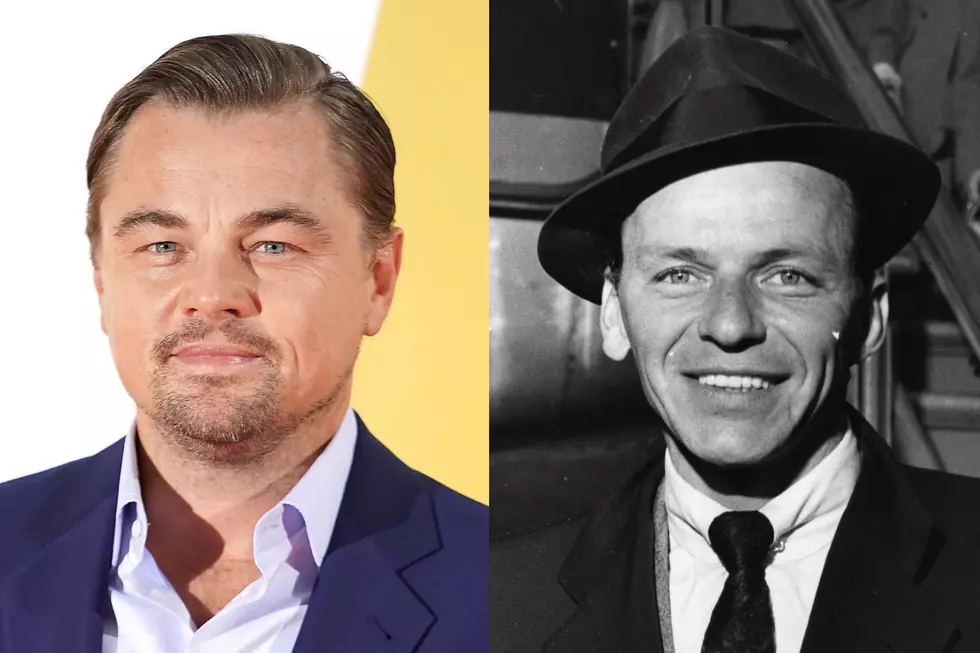
A Look at Cinema’s Diverse Queer Voices Before Stonewall
After watching a handful of films from the Film Society of Lincoln Center’s latest series, “An Early Clue to the New Direction: Queer Cinema Before Stonewall,” I started asking myself: What does it mean to be queer?
There’s of course limitless answers for such a subjective and personal question, especially considering the evolving use of the word “queer,” originally a hateful slur now reclaimed by many as an identity. But with the series’ inclusion of Basil Dearden’s 1961 Victim, a detective drama about blackmailers threatening to out closeted gay men, (set at a time when homosexuality was a criminal offense in the U.K.), I began to think about queerness as an act of resistance, a facet of identity that found ways to express itself on film despite the laws, codes, or ideologies that tried to squash it.
Near the end of Victim, (SPOILER ALERT, but I promise it’s still worth visiting) Laura Farr (Sylvia Syms) arrives home to find her garage door vandalized with a painful accusation against her husband written in thick white paint: “FARR IS QUEER.” She struggles to utter the words aloud to her husband Melville (Dirk Bogarde), stumbling to acknowledge their existence. But Mel takes that threat and turns it into retaliation. Reversing fear into courage, he decides to take down the blackmailers and put an end to the second layer of persecution his closeted peers face. It’s a decision that will tarnish his reputation, but by coming out Mel refuses to be a victim, showing that owning one’s sexuality can be a valorous act, a bold statement for a film at the time. He can easily wash the paint off his garage door, but being queer is a part of who he is, something he refuses to stifle.
When we think of bold and unabashed queer voices in film we often look to the years following Stonewall, when the LGBT liberation movement finally gained momentum. We often celebrate German New Wave filmmakers, camp, and the experimental, plus New Queer Cinema into today. But queerness had a presence in cinema before that riot in the summer of 1969, both explicit and implicit. Despite censorship and the lack of acceptance for the LGBT community, queer stories, like Mel’s in Victim, refused to wither in the face of oppression. The 23 features and 25 shorts of “An Early Clue to the New Direction,” curated by film programmer Thomas Beard, show 65 years of queerness in film, from silent gay cowboy movies (Algie, the Miner) to vampire romances (Blood and Roses), from a fictional pansexual orgy (Flaming Creatures) to an interview with a gay black hustler (Portrait of Jason). As the title suggests, these films hint at where queer filmmaking would later go, reflecting the origins of queer sexuality and gender identities fighting to be heard since the earliest days of cinema.
The series’ opening night film celebrated the beginning of lesbian cinema with Leontine Sagan’s Mädchen in Uniform, a 1931 German drama about a schoolgirl, Manuela (Hertha Thiele), who desperately falls for her older female teacher, Fräulein von Bernburg (Dorothea Weick). There’s a fearlessness in Manuela’s love for von Bernberg, despite the agony it causes her and the shame forced on her by the homophobic headmaster. But there’s also a fearlessness in how Sagan brazenly captures an aching, longing intimacy between two women – you’ll find no innuendo here. Watching it today, the film feels like a spiritual ancestor to Todd Haynes’ Carol. Both show love organically rising out of a time where such desire was prohibited; neither film feels obligated to make their characters explain their romance. It just is, and its power is inextinguishable. To think a film like Mädchen in Uniform even got made (and later released in America), just years before the Hays Code enforced bans on onscreen depictions of homosexuality, is astounding in itself.
Though long before the ‘30s early American cinema was playing with gender roles and gender expression. In 1914's A Florida Enchantment a young woman, her maid and fiancé Dr. Frederick Cassadene (filmmaker Sidney Drew) take a magical seed that turns women into men and vice versa. When she takes it, Lillian Travers (Edith Storey) turns into Lawrence Talbot, grows a mustache, steals away her fiancé’s female patients to kiss them, and later dons a man’s suit and hat. Even though the silent comedy writes off the swapped gender roles as a “horrible dream” by the end, it doesn’t outright condemn crossdressing nor use queer gender expression for offensive comedic gain. Instead it seems Lillian is much happier as Lawrence. She initially sulks as she watches other women fawn over Frederick, leading us to believe her jealous and vying for his affection. But as Lillian transforms into Lawrence the film suggests another reading: is Lillian envious that she’s not her husband? Whether Lawrence is depicted as a butch lesbian or a transman, A Florida Enchantment comments on crossdressing, transgender identity and queer sexuality in ways far ahead of its time.
This notion of discovering one’s best self by subverting gender roles is explored even further in the series’ Sylvia Scarlett with Katherine Hepburn and Cary Grant. In this 1935 George Cukor film, Hepburn’s title character disguises herself as a boy to escape to London with her father, who’s trying to avoid some gambling debts. Taking on the name Sylvester, Hepburn’s previously meek daughter blossoms into a brash, suave son who tosses back whiskey with an air of confidence. When Hepburn later changes back into a dress and attracts the attention of Brian Aherne’s Michael, who initially met her as a boy, her previous self-assurance falters. Sylvia appears flimsy and timid, a woman stuttering and unsure of herself. But the queer subtext of the film comes in both Hepburn’s cross-dressing and Michael’s initial attraction to her as a young man. He invites Sylvester into his bedroom one night, yet resists Hepburn’s advances as the soft, feminine Sylvia. In many ways Sylvia Scarlett is one of the queerest films I watched in the series that doesn’t explicitly address homosexuality, using Hepburn’s cross-dressing to comment on fears of homoeroticism and the empowered feminism found in masculinity.
The 48 films across “An Early Clue to the New Direction” remind us that queer identities have always been a part of the cinematic medium, and collectively show that there’s no one way to be queer. Stonewall didn’t mark the beginning of LGBTQ history, and it didn’t mark the start of queer expression in film. Whatever being queer meant to the filmmakers highlighted in Beard’s series, and whatever it means to each individual viewer, it’s certainly something that never cowered to silence.
More From ScreenCrush









